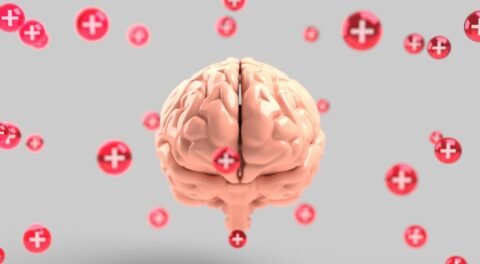You’ve been hitting the gym regularly, determined to build the perfect toned physique. However, as you increase the weight in your lifts, you start experiencing a nagging pain in your wrists.
Ignoring it, you continue on with your routine, not realizing the potential harm you could be causing to your wrists. In this post, we’ll delve into when and why you should seek medical attention and how to prevent wrist pain from lifting that hinders your fitness journey.
Causes of Wrist Pain from Lifting
The wrists are delicate structures and repetitive strain from lifting can lead to various types of injuries. Some of the most common causes include:
Tendinitis
Overuse of the wrist, especially with improper form or excessive weight, can irritate the tendons in the wrist. Tendinitis leads to inflammation, pain, and stiffness.
Wrist Sprains
A sprain occurs when the ligaments in the wrist are stretched or torn due to sudden movements, heavy lifting, or improper technique.
Carpal Tunnel Syndrome
Repeated strain on the wrist from activities like lifting or typing can compress the median nerve, leading to symptoms such as pain, tingling, and numbness in the wrist and hand.
Fractures
In some cases, lifting heavy weights can cause a wrist fracture, especially if the wrist is bent awkwardly or exposed to significant force.
Arthritis
Over time, the joints in the wrist can wear down, leading to arthritis. This condition can cause chronic pain, stiffness, and swelling.
Recognizing When to Seek Medical Attention
While mild wrist pain may subside after a day or two of rest, there are instances when seeking medical help is necessary. Here are some signs that indicate it may be time to consult a healthcare provider:
Persistent Pain
If the pain lasts for more than a few days or worsens over time, it may be a sign of an underlying condition such as tendinitis, arthritis, or a sprain that needs medical evaluation.
Severe Swelling or Bruising
Excessive swelling or bruising after lifting could indicate a sprain, strain, or even a fracture. If this occurs, it’s crucial to get medical attention right away.
Inability to Move the Wrist
If you experience a limited range of motion or cannot move your wrist without severe pain, this may suggest a more serious injury such as a fracture or ligament tear.
Numbness or Tingling
These symptoms may indicate nerve involvement, such as carpal tunnel syndrome, which could require specific treatments to prevent long-term damage.
Pain that Radiates
If your wrist pain extends up your forearm or into your fingers, this could signal a more complex injury or a nerve issue, necessitating a professional assessment.
What to Expect at the Doctor’s Office
When you visit a healthcare provider for wrist pain, they will likely begin with a thorough physical examination. Your doctor may assess your wrist’s range of motion, look for signs of inflammation, and evaluate any weakness or instability. They might also recommend diagnostic tests like X-rays, MRIs, or ultrasounds to rule out fractures, ligament damage, or soft tissue injuries.
Depending on the diagnosis, treatment options may range from rest, ice, and anti-inflammatory medications to wrist pain relief exercises or, in more severe cases, surgery. Check out and read to learn about the Digit Widget surgery process here.
Heal Your Wrist Pain From Lifting Now
While wrist pain from lifting is often a temporary issue, it’s important to listen to your body. If you experience ongoing pain, swelling, or restricted movement, don’t hesitate to seek medical attention. Early diagnosis and treatment can help in preventing wrist pain when lifting!
Visit our website and read more.





